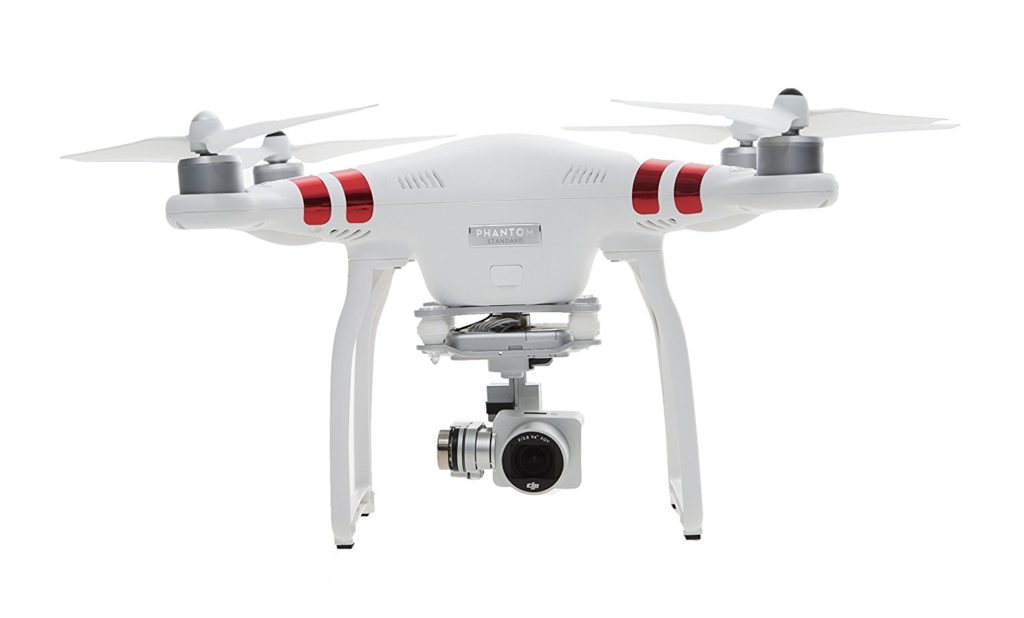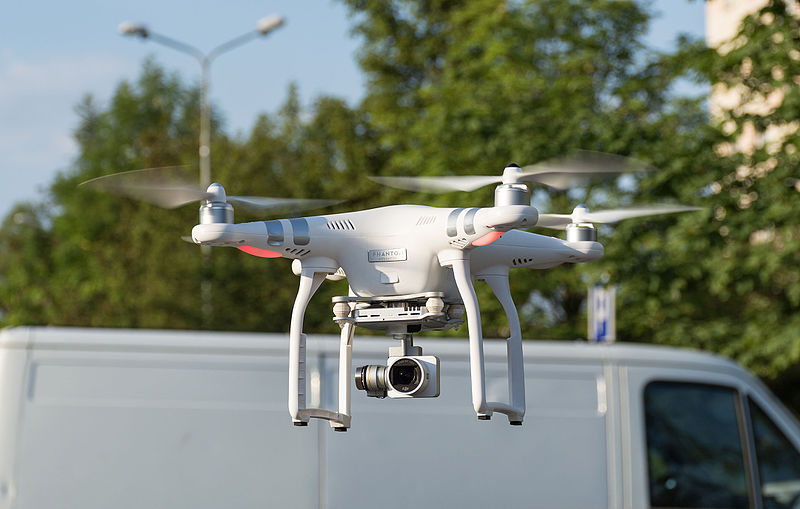Got a new drone? If you love flying toys, you’re probably more than thrilled. But since a drone is not as safe and as easy to operate as most toys, there are some things you should AVOID doing after unboxing your drone.
Flying it right away
If someone gave you a drone as a gift or if you bought yourself one as a reward for your hard work, it’s just normal to get excited about it. But one of the most common mistakes you can do with a new drone is heading straight out to the door and fly it immediately. By doing this, it will most likely result to a crashed, destroyed or lost drone. If you want your drone to have a long life, make sure you’re ready to fly it before you try to fly it (get it?).
The first thing you need to do is to actually read the manual. Inform yourself how to assemble the drone (if it needs assembly) and how to actually control the drone. Memorize the buttons or the sequence of buttons that activates the “return home” feature – trust us, you’re going use it a lot during your learning stage.
Also, familiarize yourself on how to start your drone. Some needs the drone to be turned on first, while some needs the controller on first. It’s all in the manual. Make sure you know how the drone can connect to the Wi-Fi or other flight control system, and acquire satellites for GPS features to avoid problems in the future.
Flying it indoors
If you’ve never flown a drone before, one of your first instincts might be trying to fly it inside your home. But your first flight could be very shaky, and your new drone might not respond in a way you expected to. Flying it indoors can be disastrous – besides having plenty of things it can crash into, most normal-sized rooms don’t offer enough space for your drone to take off and land safely. Launch your drone in an open, roofless and treeless area away from crowds, like a park or a field.
While there are drones designed for indoor flight, it is still recommended to take your practice flights outdoors where there’s minimal obstacles. But before you try to fly it on a common area, ask your local parks department if flying drones are allowed, because some parks ban drones.
Flying without practicing basic maneuvers
One of the most common mistakes in flying a new drone is taking it directly upward first to see how high it can reach without practicing how to take-off and land first. It’s the first flight maneuvers to try, as well as going up, down, left and right. Some drones can handle take-off and landing for you, but it’s still best to spend some time trying to grasp how to do it. If your drone has a camera and you want to use it for taking photos and videos, you must also keep in mind how to use them. Be gentle and slow before trying to accelerate with the maximum speed. Whenever your drone is heading somewhere you don’t want it to go, don’t panic and aggressively throttle to the opposite direction. Stay calm and gently correct your flight errors.
Flying it without registration
Drone pilots are definitely not the world’s most trusted pilots. Someone somewhere flying a drone does something stupid with their toy, so the FAA is tightening their restrictions on drones. If your drone weighs between 0.55 lbs. to 55 lbs., it must be registered with the FAA, as it is required by the law to register their aircraft before flying them in the US airspace. This is a standard in the United States, so if you live in another country, you might have different legislations so check with your national aviation authority. You can register with the FAA via their website or by mail, and you must provide your name, address, email address and a $5 fee.
Flying it without using common sense
Above all, simple common sense is what can save most situations while flying a drone. If you haven’t gotten a feel of the basic flight maneuvers, don’t try complex air tricks just yet. Don’t take unnecessary risks with your drone, especially if it’s an expensive piece of equipment. Don’t keep it up in the air and not care where it is. Be responsible with using it and don’t subject others to injury and damage. If there’s a strong wind, rain or snow, exercise caution and wait for a calmer day to launch your drone. Always think before you fly.

